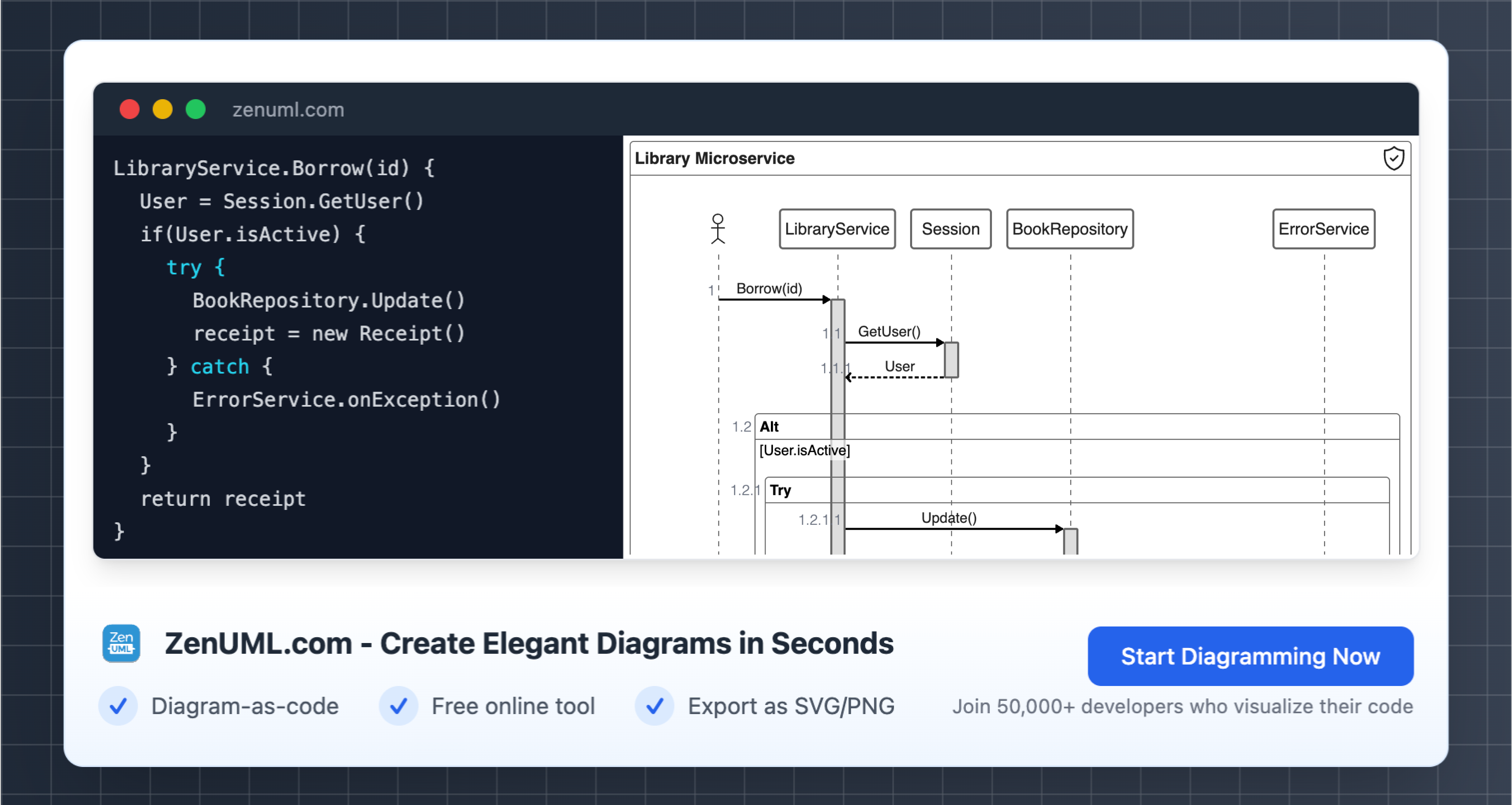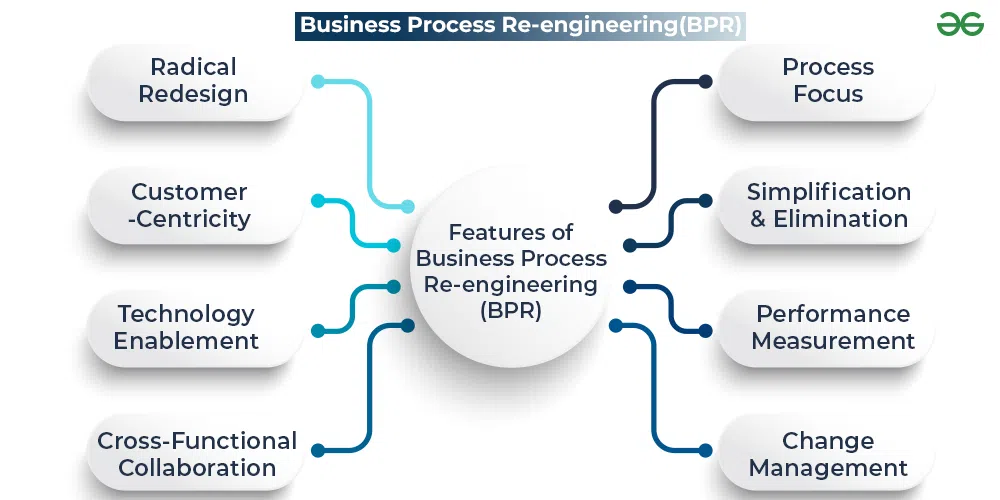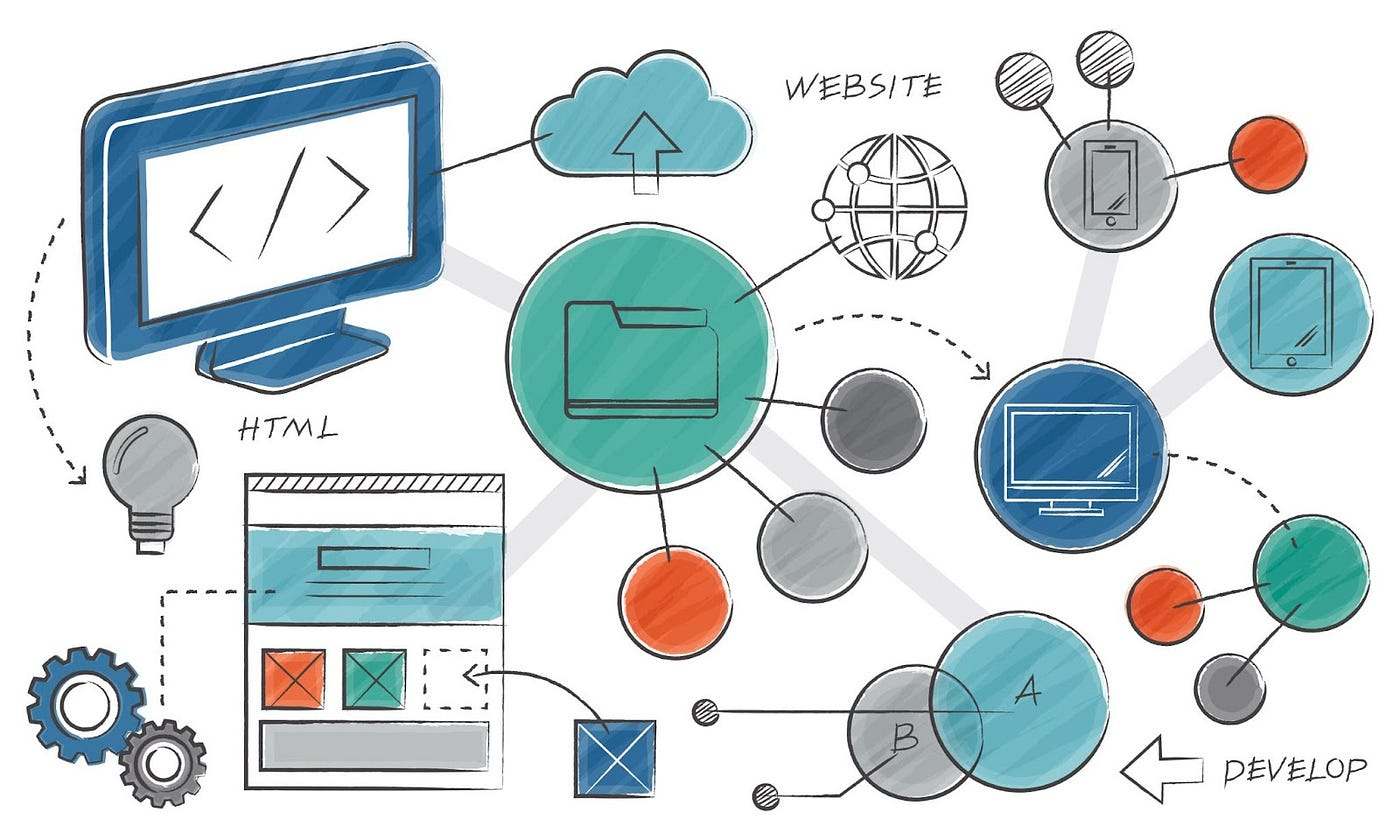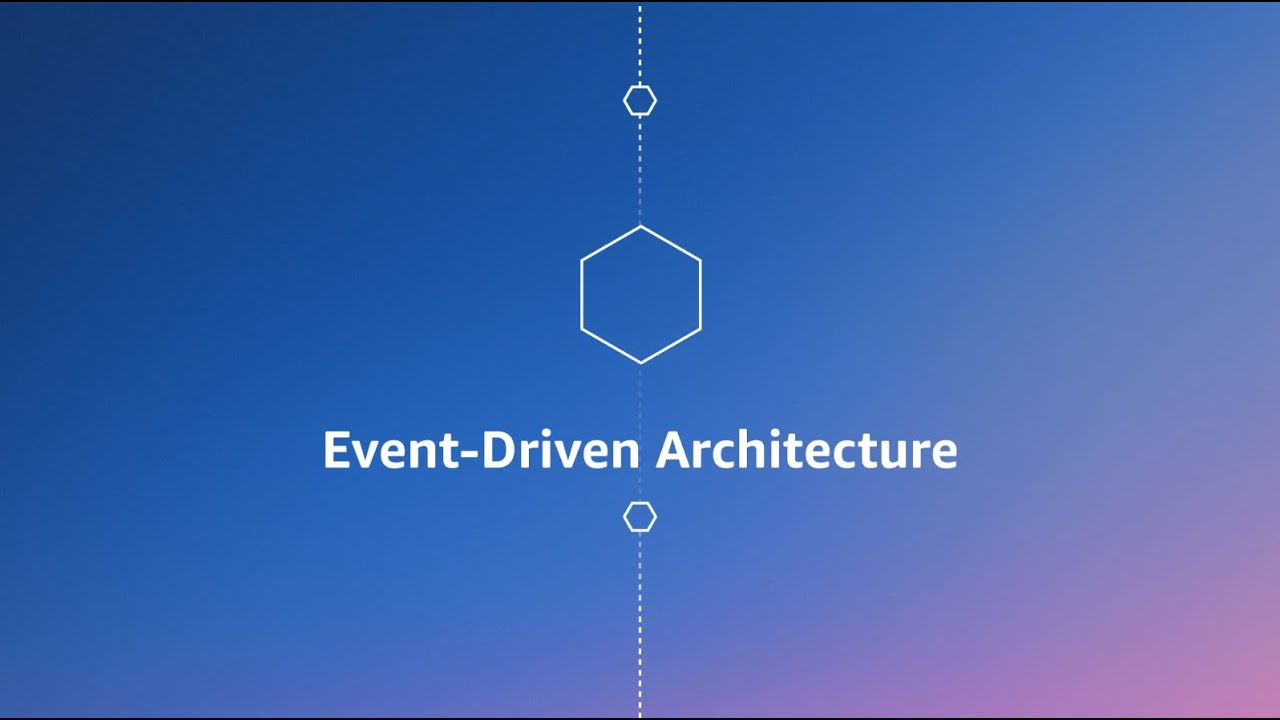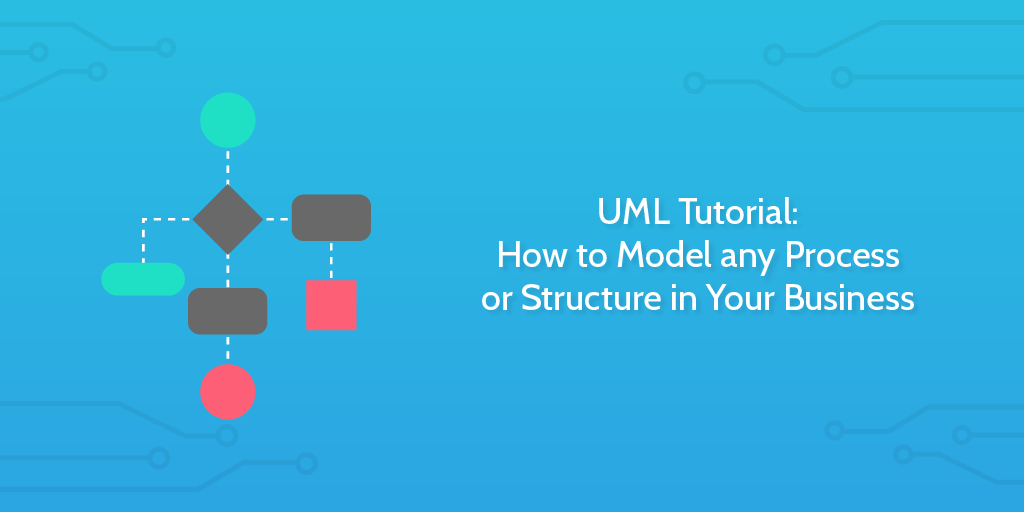Sequence diagrams are an invaluable tool when it comes to documenting different parts of a system and the various ways these parts interact with each other. They describe the operations within a system and map what and when messages are sent, providing a clear visual representation of the flow of information.
In their simplest form, sequence diagrams can model the messages and flow between a user and their bank as they log in to the banking app. However, in more complex forms, they can include alternatives, options, and loops to model conditional and divergent flows, such as a login process that includes security, verification, and other user actions.
Despite their usefulness, sequence diagrams are often overlooked and underused. They are often associated with the now rarely used Unified Modelling Language (UML) from the late 1990s. However, sequence diagrams have survived the test of time and remain a valuable tool in modern software development.


